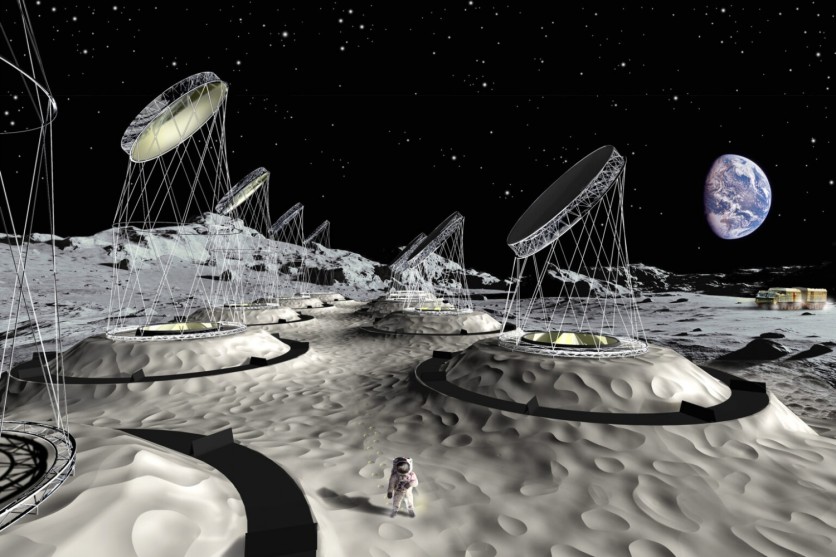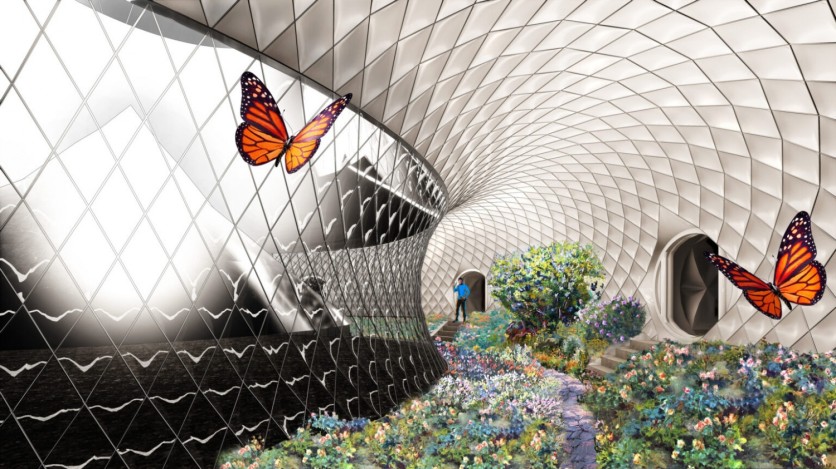NASA is keen to send humans to the moon again after making history in 1969 when Apollo 11 blasted off with Neil Armstrong, Edwin "Buzz" Aldrin, and Michael Collins. But this time, things will be significantly different.

The space agency and partners such as European Space Agency (ESA) want to build human settlements on the lunar surface through the Artemis mission. It has already established several landing sites near the moon's south pole.
But how could humans live on the moon? What structures would house them to ensure their survival in lunar conditions?
One proposal wants future astronauts to live in balloon-like structures.

Pneumo Planet Moon Habitat
The Pneumo Planet inflatable habitat design for the moon was created by the Austrian company PneumoCell, and it could accommodate up to 32 astronauts and up to 16 greenhouses.
ESA's funding for the lunar habitat design project was made possible through its Open Space Innovation Platform (OSIP).
This lunar home will be situated in an area with nearly permanent access to sunlight, close to one of the lunar poles, according to Pneumocell.
The habitat will achieve long-term self-sufficiency by generating and recycling its own food and oxygen inside huge greenhouses and by using only solar radiation for power.
Pneumo Planet is made up of a highly light inflatable membrane structure that was meticulously created and tested under ideal circumstances on Earth.
The building materials, including loose regolith from the lunar surface, will be spread on top of the inflated structure and protect against radiation, meteorites, and cold.
The Moon does not have an atmosphere, and this is why PneumoCell created an inflatable structure inflated to half of the Earth-atmospheric pressure. It could accommodate a deposit of regolith around 16 meters high on the lunar surface.

Toroidal Greenhouses
The toroidal greenhouses, where food, water, and oxygen are self-sufficiently created and recycled, are the most important component of the concept.
These greenhouses are connected to all other rooms. The structure allows for the entry of natural light while keeping out cosmic ray radiation.
The sun shines approximately horizontally but from various orientations at the lunar poles. The Sun rotates around the horizon, as seen from the structure's location, every 29 days.
The greenhouse is toroidal in shape, with an unfilled crater in the middle. A rotating mirror reflects the horizontally approaching sunlight into the crater, which is reflected once more into the toroidal greenhouse by a cone-shaped mirror.
Hence, it produces a natural habitat within the structure where animals, plants, and humans can live in symbiosis.
You can watch the video below to learn more about this inflatable moon habitat!
Related Article : NASA Will Land On The Moon For The First Time in 50 Years l Here's Everything You Need To Know About Artemis 1

ⓒ 2025 TECHTIMES.com All rights reserved. Do not reproduce without permission.




